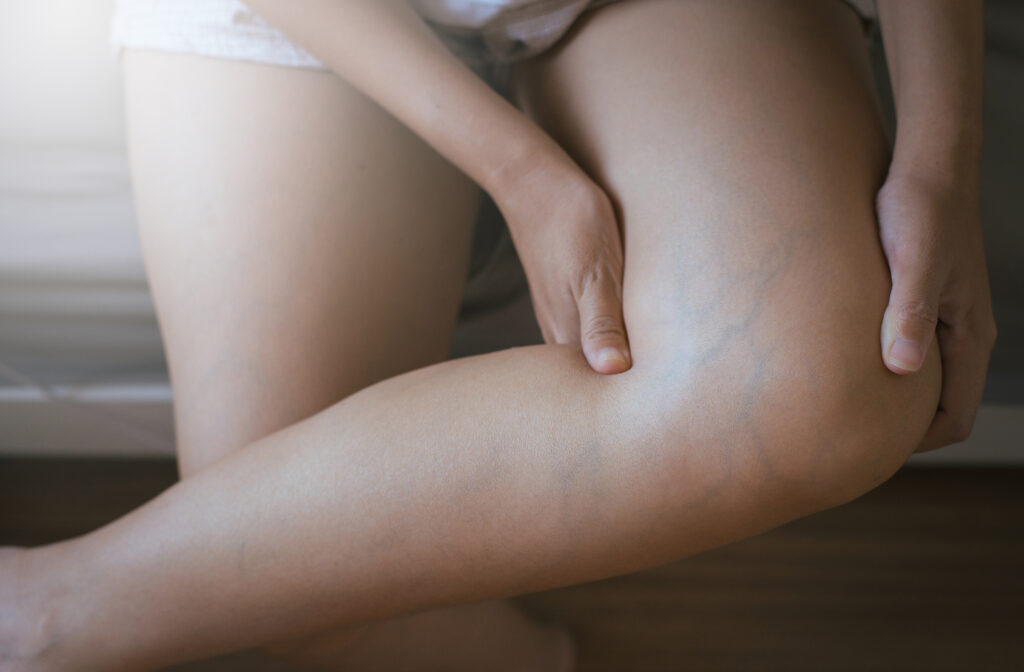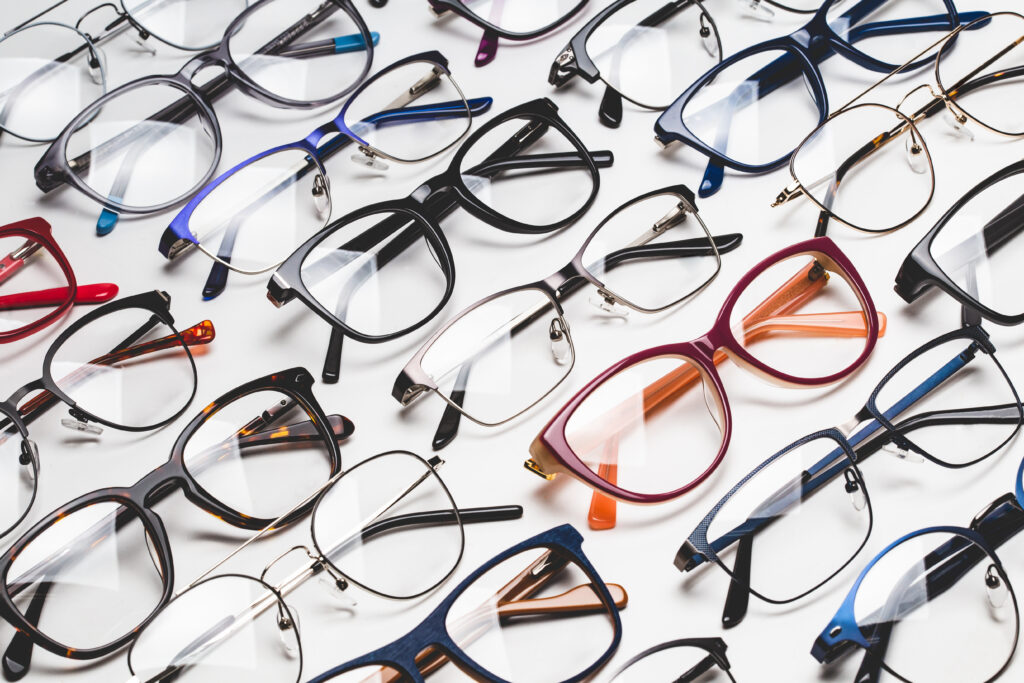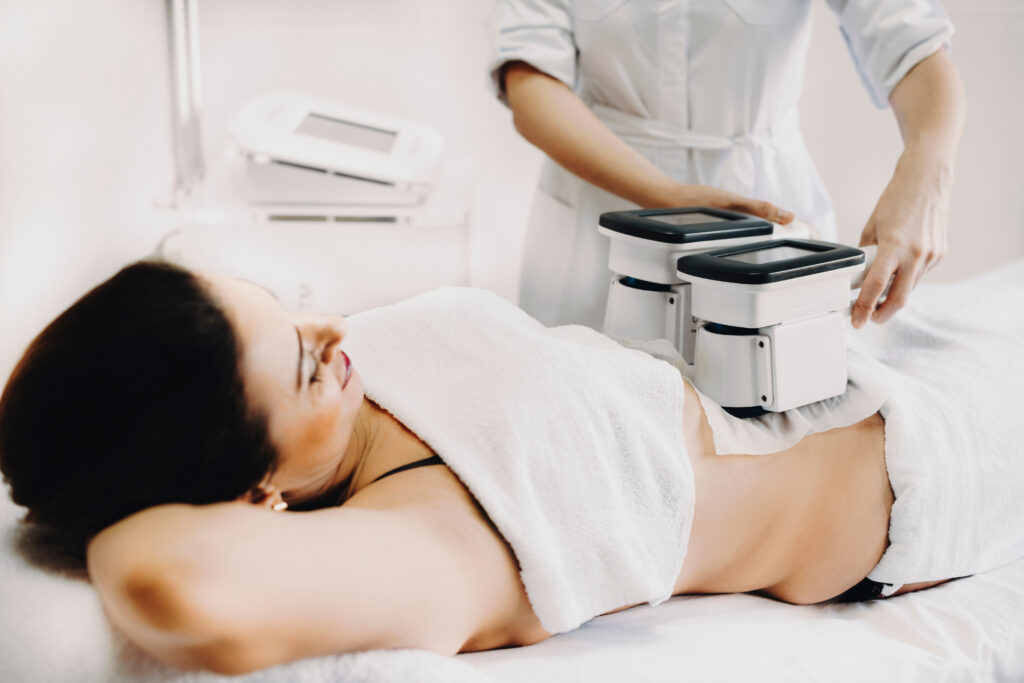
Medicare is a health insurance program for people aged 65 or over that provides hospital stays, skilled nursing care and some home health services.
Medicare Part B also assists in covering doctor visits, prescription medications and preventive services. On average, Medicare Part B covers approximately 80% of the costs for durable medical equipment like lift chairs; patients typically cover 20%.
Medical Necessity
Your eligibility for medicare coverage of chair lifts depends on the severity of your health condition; make sure that your physician has approved it as medically necessary before purchasing such equipment.
Medicare Part B will cover 80% of the cost of purchasing and installing a motorized lifting mechanism, leaving only your deductible to cover. Once this deductible has been met and filed a claim with Medicare for reimbursement.
To qualify for medicare coverage, you must have severe arthritis in either of your hip or knee, or a neuromuscular disease which makes standing from any chair impossible for you. Once standing up, however, you must be able to walk independently or with assistance of a walker or cane.
Once you meet these criteria, it will be necessary to complete and submit a Certificate of Medical Necessity form for chair lift mechanisms. Your physician must sign and date it as proof that this chair lift is necessary in your specific situation. In it should also include details about why this particular lift chair is required.
Using Medicare Coinsurance for Chair Lifts
Medicare will cover some chair lifts, depending on your state and provider acceptance of assignment. You'll pay its full cost upfront but then be reimbursed partially through Medicare.
Your doctor must complete and submit a Medicare Lift Chair Form which certifies your need for this device, then your supplier can bill Medicare or Medicare Advantage 80% of what is approved as part of this payment plan.
Your coinsurance will depend on the type of plan you select, but typically you'll pay 20% of total expenses after meeting your deductible; any remaining balance will be covered by insurance.
Price for lift chairs can vary greatly, depending on manufacturer, material and size considerations. If your budget is tight, a more affordable model might save money over time.
Maintenance
Lift chairs are home modifications that enable someone to transfer from a wheelchair onto a bed easily and are considered durable medical equipment (DME) by Medicare.
Medicare will pay 80% of the original cost of a lift chair's lift mechanism; patients are responsible for covering 20%. To be eligible, Medicare requires patients to present a valid doctor's prescription and purchase it from an approved supplier; then Medicare will cover that remaining 20% cost.
Supplementary insurance plans such as Medigap or Medicare Advantage plans may cover out-of-pocket chair costs if it falls within the definition of durable medical equipment, though typically only copayments and deductibles will be covered, not total costs of equipment purchase.
Capped Rental
If you have Medicare and need a stair lift, chances are it may be covered. Consult your physician, as you must possess a valid prescription in order to be eligible for a Medicare-approved chair lift.
Once you have the required paperwork in order, Medicare claims need to be submitted. Since they only pay a portion of your costs, additional payment must be made through copayments or Medigap insurance policies.
Capped rental is an essential component of Medicare coverage for cpap machines, power wheelchairs and other durable medical equipment (DME). When purchasing such items under this plan, Medicare pays only for how long you use it during any one 13 month period.
Once a 13 month rental period has concluded, Medicare pays for reasonable and necessary repairs and servicing of the item (i.e. parts and labor not covered by its provider/manufacturer). This payment methodology is commonly known as "rental to purchase."





